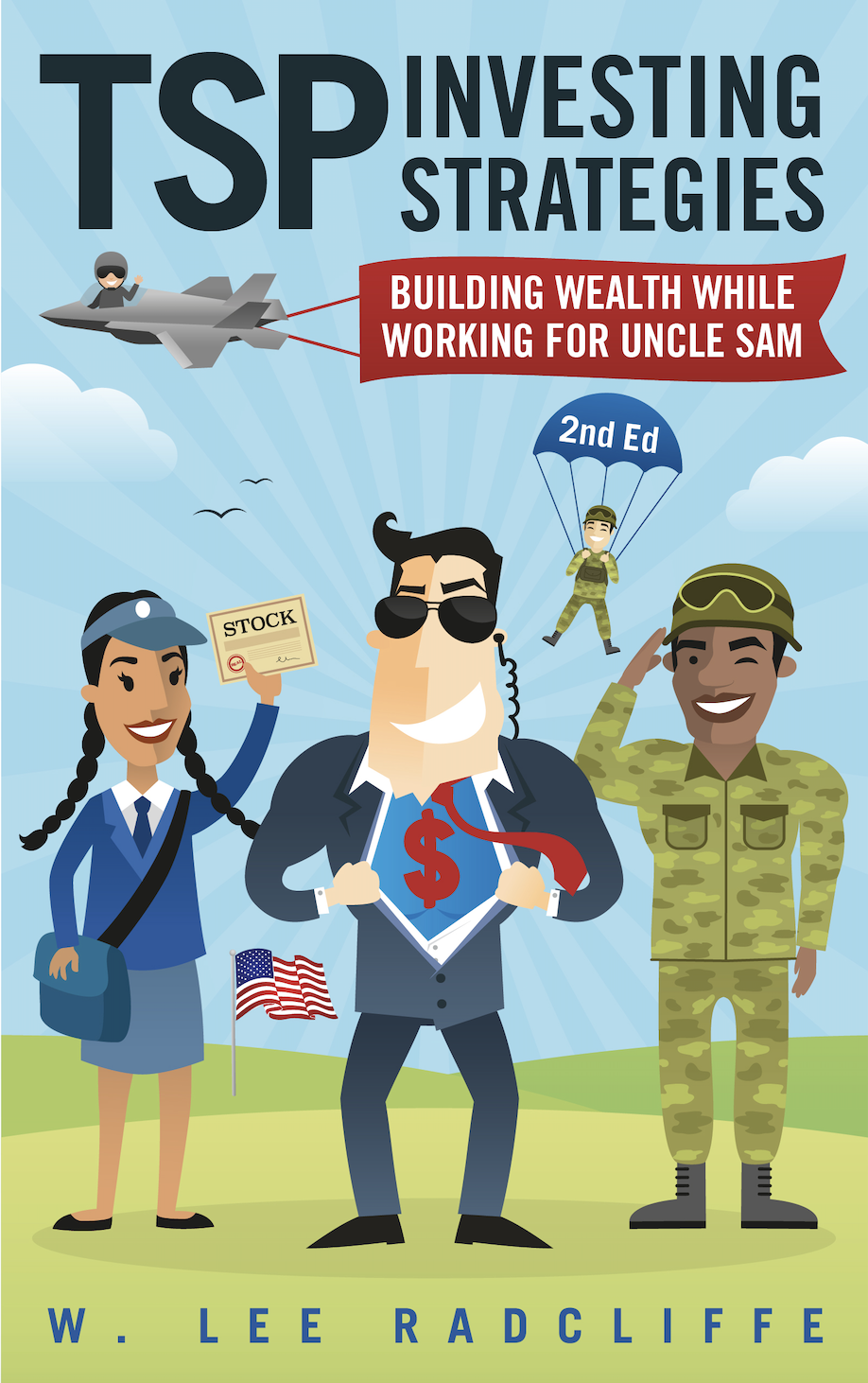TSP Could Become a Lot More Popular in Coming Years
February 9, 2017
With close to 5 million participants, the Thrift Savings Plan is already pretty popular. It could get a whole lot more popular if recent recommendations on military compensation are implemented.
As expected, the Military Compensation and Retirement Modernization Commission recommended adding government TSP matches for active and reserve service members, to compensate for a reduced retirement annuity.
With an authorized US military strength in 2015 of just over 1.3 million personnel in the four services, that could substantially increase the number of TSP participants – as well as the amounts invested – in the coming years.
According to the Commission recommendations, service members would be automatically enrolled in the TSP with contributions of 3% of salary; service members would of course be able to adjust that amount upward or downward, as civilian participants are currently able to do, and they would be eligible for a match of up to 5% of contributions. Service members would be vested after 2 years of service, to account for the large attrition rates in those first years (up to 25% of enlisted and 9% of officers, according to the Commission’s findings).
Even for those who opt out, the commission recommended that Uniformed Services should make a 1% contribution to service members’ TSP accounts so that those service members would still have a TSP account, albeit small.
And interestingly, for those who opt out, the commission recommended automatic re-enrollment every January. So the individual who opted out would have to continue to opt out each year.
If implemented, this would add hundreds of thousands of new participants each year, as new recruits are automatically enrolled. There is also a recommended “opt-in” clause that would allow current service members the opportunity to join the new retirement plan.
There would be a relatively minor readjustment of the annuity paid at retirement, however. With the TSP match, active duty retirement annuity would be calculated at 2% per year of service, so that 20 years of service would equate to an annuity of 40% of pay. This compares to the current 50% annuity after 20 years of service.
The panel proposed one other interesting option: the choice for new retirees to take either the immediate monthly annuity payments, a lump-sum amount in cash at retirement and a reduced monthly payment, or a large lump-sum amount in cash and no monthly payment until the individual reaches full retirement age (ie, eligibility for full Social Security in one’s late 60s). Under both of those scenarios, the individual would begin receiving the full annuity when eligible for full Social Security.
All things being equal, increased participation would help to keep expense ratios low, as the increase in numbers of participants and the associated increase in investments would help pay for common services. A larger number of participants means more potential engagement (for requests for loans, for example, or withdrawal requests upon separation from service), but the TSP already has the infrastructure and experience necessary to work with participants, it would (presumably) be just a matter of expanding that infrastructure.
Related topics: military-investing